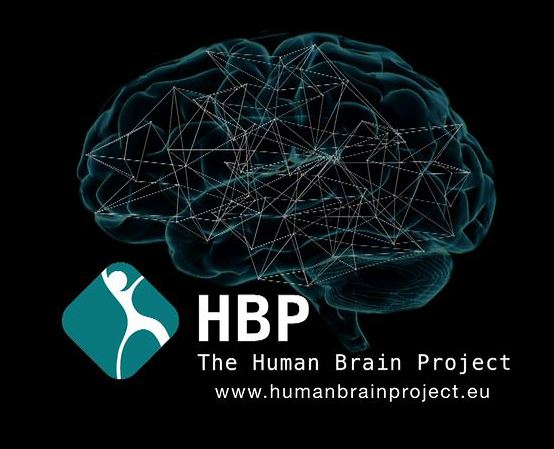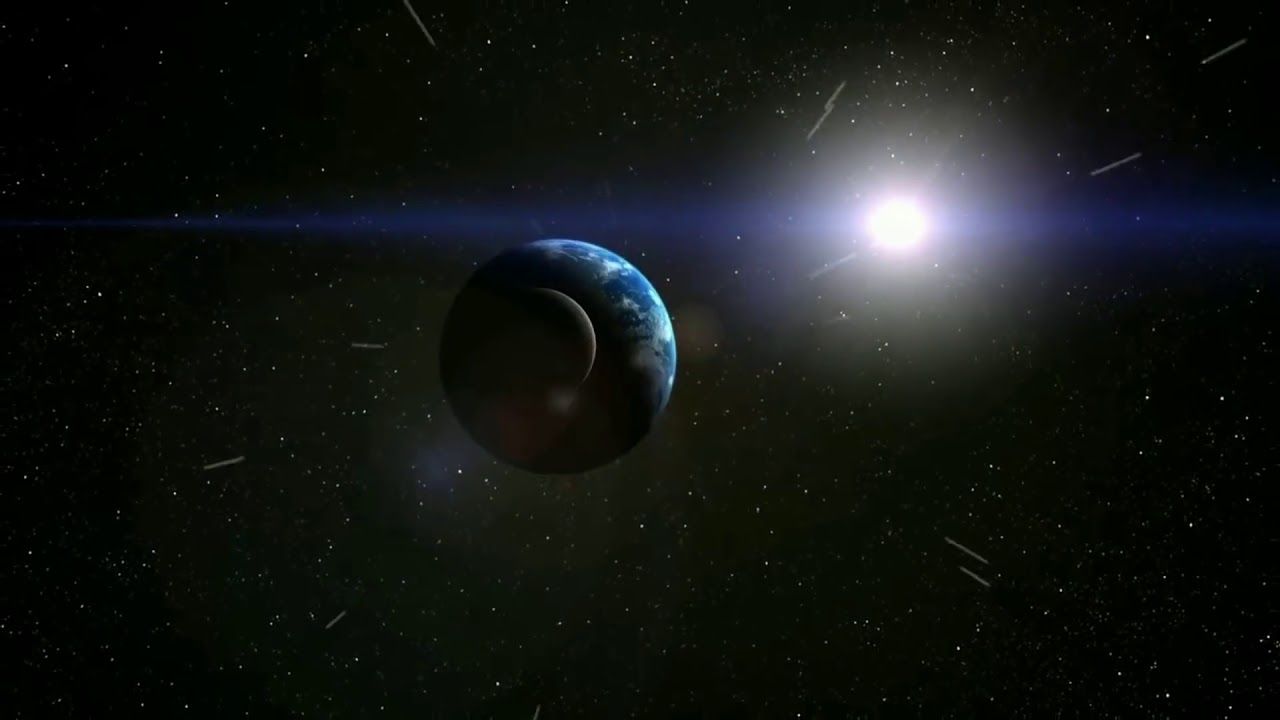

Recorded within the DNA of living things are blueprints of useful tools known as genes.

Let’s begin with biology, a familiar evolutionary process.īiology hones natural “technologies,” so to speak. These do not directly depend on the doubling of transistor counts-and yet each one moves along its own exponential curve just as computer chips do.Īccording to the law of accelerating returns, the pace of technological progress-especially information technology-speeds up exponentially over time because there is a common force driving it forward. Being exponential, as it turns out, is all about evolution. The above charts show a few examples of accelerating technologies, but more examples are plentiful. The outcome is the same: capabilities have increased by thousands, millions, and billions for less cost in just decades. A range of other technologies demonstrate similar exponential growth, whether bits of data stored or DNA base pairs recorded. The technological progress in computer chips is well known-but surprisingly, it isn’t a special case. This exponential doubling, known as Moore’s Law, is the reason a modern smartphone affordably packs so much dizzying capability into such a small package. That’s because over the last five decades the number of transistors-or the tiny electrical components that perform basic operations-on a single chip have been doubling regularly. Moore’s Law is famous-but it isn’t specialĬomputer chips have become increasingly powerful while costing less. This article will explore Kurzweil’s explanation of this driving force, which he dubbed the law of accelerating returns, and the surprising implications of technology’s acceleration. In his book The Singularity Is Near, Kurzweil shows technology’s quickening pace and explains the force behind it all.

But is it really? According to Ray Kurzweil-yes, it absolutely is.

Intuitively, it feels like technology is progressing faster than ever. (In fact, two-thirds of Americans own one, according to a Pew Report.) Today, it seems nearly everyone is gazing at a glowing, handheld computer. Three decades earlier, no one even owned a computer. Think about that-the first personal computers arrived about 40 years ago. “Technology goes beyond mere tool making it is a process of creating ever more powerful technology using the tools from the previous round of innovation.” –Ray KurzweilĪ decade ago, smartphones (as we know them by today’s standards) didn’t exist. Ray Kurzweil Predicts Three Technologies Will Define Our Future.How to Think Exponentially and Better Predict the Future.Will the End of Moore’s Law Halt Computing’s Exponential Rise?.This is the second in a four-part series looking at the big ideas in Ray Kurzweil’s book The Singularity Is Near.


 0 kommentar(er)
0 kommentar(er)
